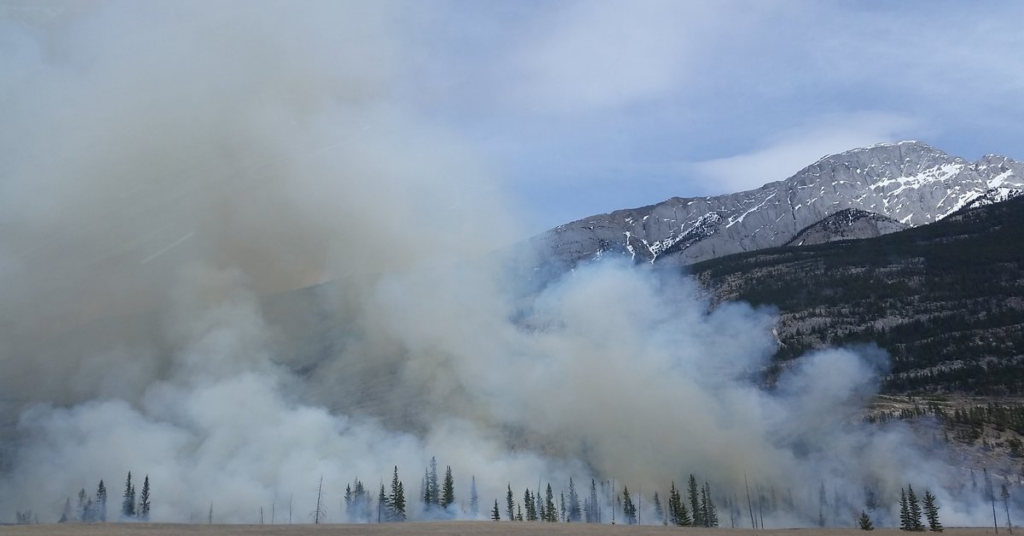Black carbon refers to the particulates generated by the combustion of fossil fuels such as gas, coal, and oil. However, scientists believe that brown carbon, a lesser-known type of compound, may also contribute to global warming.
When discussing global warming and greenhouse gas emissions, CO2 and methane are frequently mentioned. However, brown carbon is another substance that scientists are particularly concerned about. These organic substances, also known as “tarballs,” appear as aerosols and have the ability to absorb certain wavelengths of solar radiation.
The overwhelming majority of brown carbon originates from the combustion of biomass. It can, for instance, be produced by forest fires. In recent years, brown carbon has been the subject of numerous investigations.

Biomass combustion produces most brown carbon.
“Brown carbon vapor is produced when brown carbon is discharged into the air and subsequently oxidized. Biomass combustion is the primary source of brown carbon in the atmosphere, according to recently published research from the Hefei Institutes of Physical Science that investigates the climate effects of brown carbon.
In 2020, a second group of Chinese scientists discovered tarballs in the Himalayan highlands of the Tibetan Plateau. After scrutinizing these small, slimy-appearing spheres of carbon and oxygen under a microscope, the researchers discovered that these substances had absorbed light.
According to the study, 28% of the atmospheric samples collected at a station on the northern Himalayan slopes contained brown carbon. It is believed to originate from a fire-ravaged region of the Indo-Gangetic plain, which could hasten the thawing of glaciers in this region.
Scientists have been intrigued by brown carbon for more than a decade, despite the fact that the term is still relatively obscure. In 2009, a study published in the journal Science and conducted by an international team of scientists concluded that a brown cloud of pollution observed every winter in South Asia results from the combustion of fossil fuels and biomass — that is, black carbon and brown carbon.
